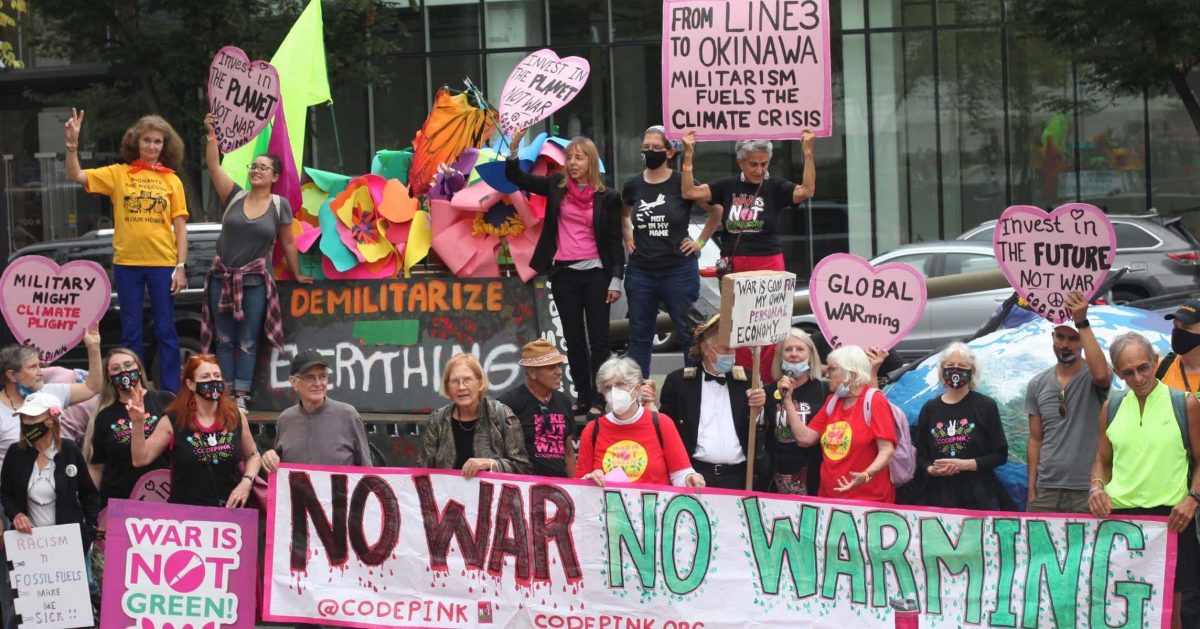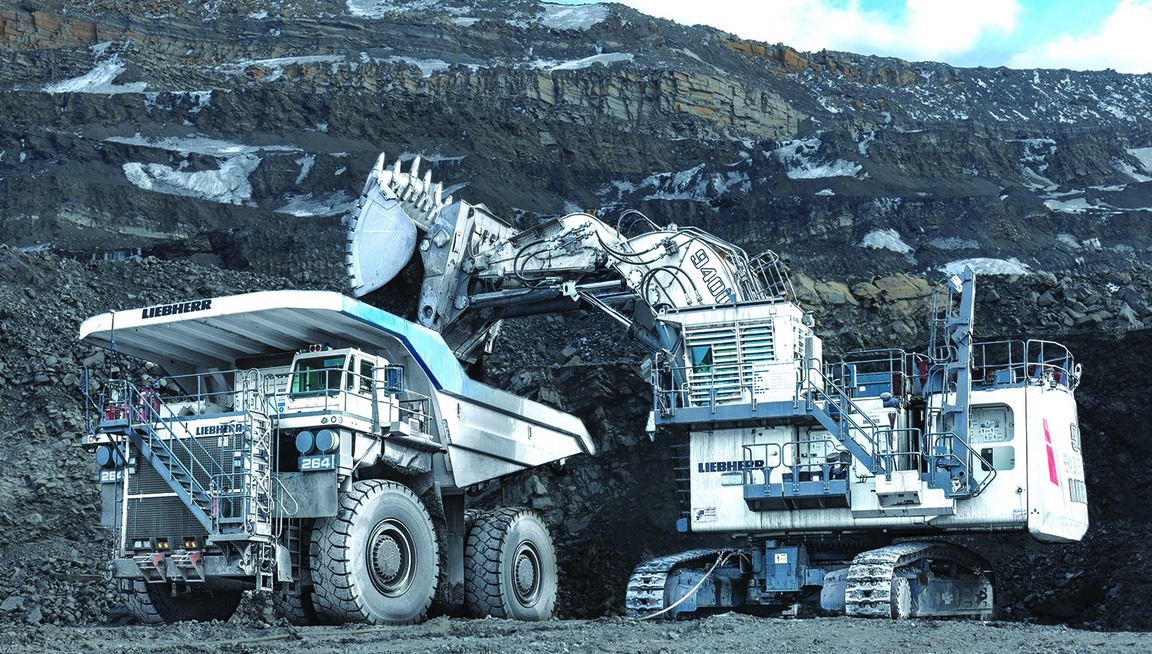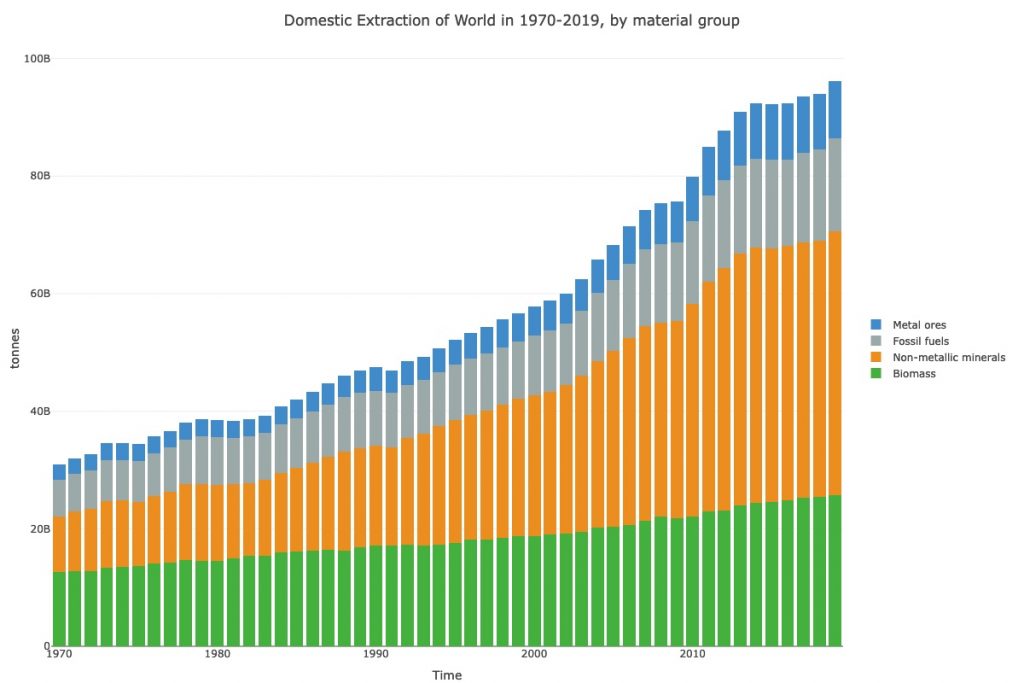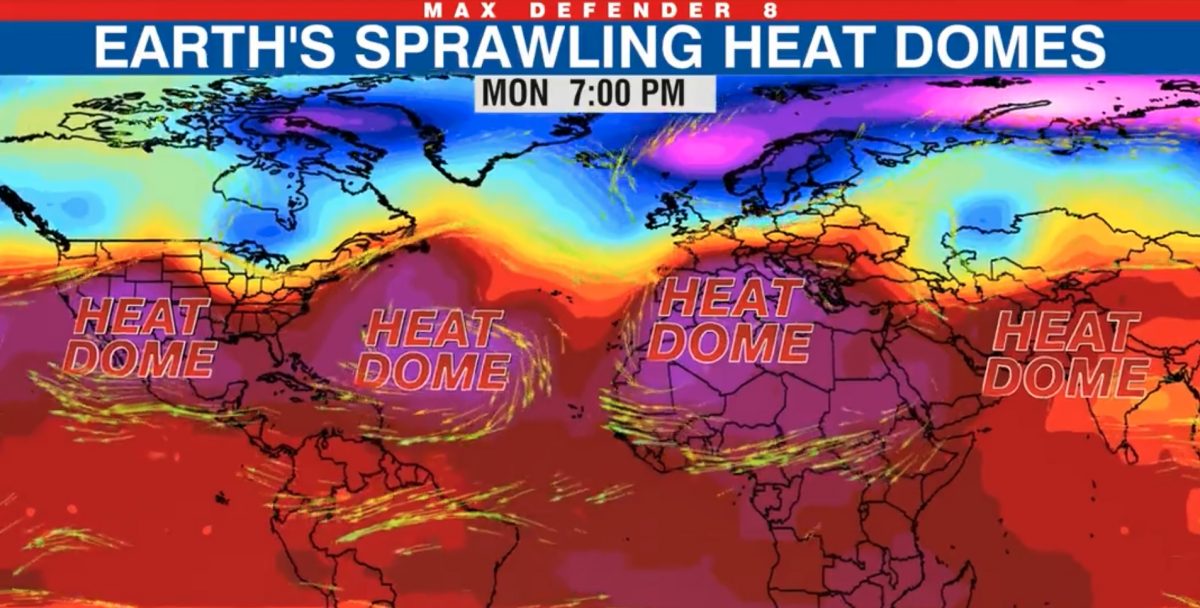The news from Gaza continues to be unspeakably disturbing. The UN’s humanitarian agencies haven’t even been able to get enough data to compile their longstanding weekly info-roundup from Gaza. The images, the news that we are able to get all add up to a vile record of a deliberate– sometimes even gleefully pursued– campaign by Israel’s military to destroy the lives and life-supporting infrastructure of the enclave’s whole Palestinian population.
And this genocide is being pursued with the unstinting support (military, financial, political) of my government here in the United States, and other like-minded “Western” governments.
So we have this presidential election going on here this week. For the longest time I was in a complete funk about it. In our political system here, there are only two “plausible” options to vote for. And either of these two candidates will, if elected, most likely bring only continued– or perhaps even exacerbated– misery to the indigenous peoples of Gaza, the West Bank, Lebanon, and the rest of West Asia. I have long felt unable to vote for either of them.
Hence, the funk.
One of my progeny started needling me about this. “But Mom! Think about how how long women in America fought to get the right to vote and how important voting has always been in our family! Think about your grandchildren and the kind of world we are all building for them!”
Continue reading “My grandkids and my vote. Go Greens!”




